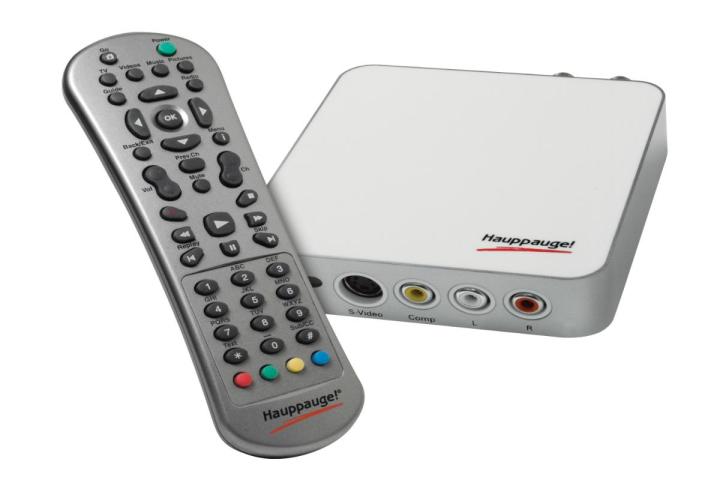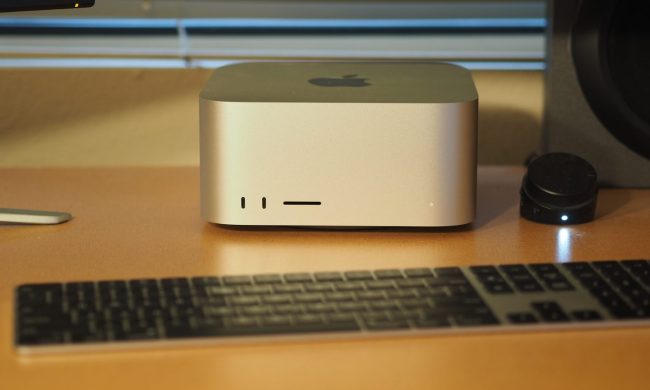
Hauppauge, which specializes in making TV receivers and personal video recorders for PCs, has announced the WinTV-HVR-1975, a multi-standard TV receiver built for use with computers running either Windows or Linux.
The WinTV-HVR-1975 can be used in either North America or Europe, as it supports both the NTSC standard used here in the states, as well as PAL TV, which is employed in Europe. Other standards supported by the WinTV-HVR-1975 include ATSC HD, QAM digital cable, DVB-T, DVB-T2 and DVB-C broadcasting standards.
Every one of Happauge’s receivers in the WinTV-HVR-19XX line, including the WinTV-HVR-1975, features hardware-based video encoders that convert both NTSC and PAL TV broadcasts into MPEG-2 format, which, according to Happauge at least, reduces the load placed on a system’s CPU.
“Our professional TV receiver customers have been looking for a universal TV tuner for Europe and North America, and the WinTV-HVR-1975 supports the most popular TV formats used in both regions. For example, the DVB-C TV format is used in many European countries for digital cable TV, and DVB-T2, the new high definition over-the-air broadcast format which started in the UK, is now spreading throughout Europe including Russia. Coupled with the support of NTSC, PAL, ATSC and DVB-T, the WinTV-HVR-1975 delivers a TV receiver which is as close to universal as possible,” said Ken Plotkin, President of Hauppauge.
Hauppauge confirmed with us that the WinTV-HVR-1975 will have both 32-bit and 64-bit drivers available, and support every version of Windows between XP and 8.1. Hauppauge also informed us that the receiver will carry a price tag of $129.
What do you think? Sound off in the comments below.


